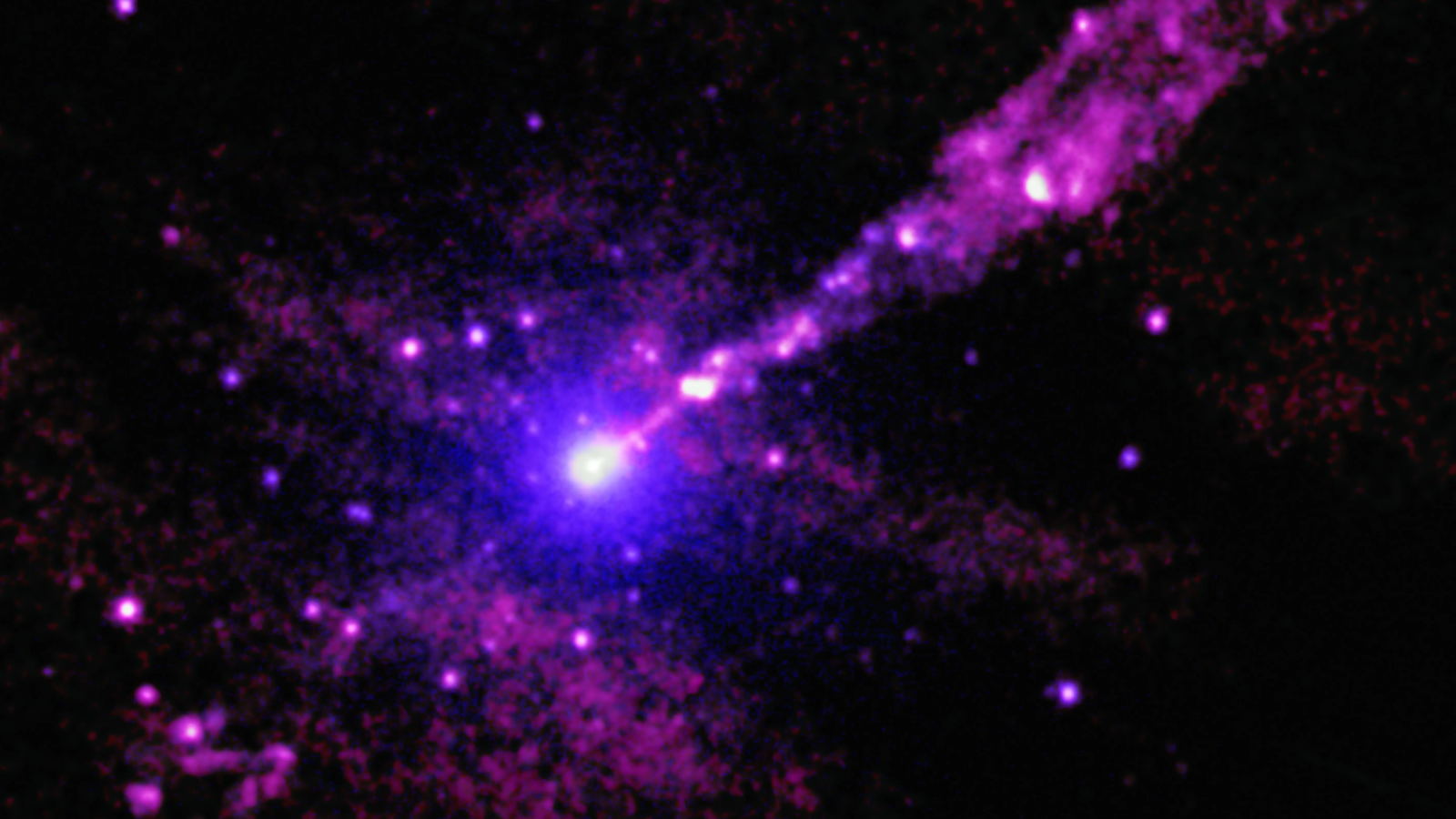Four NASA Satellites Set Record for Formation Flying in Space
Four individual satellites of NASA's Magnetospheric Multiscale mission (MMS) recently set a record for the closest flying formation ever achieved by a multi-craft space mission to date.
On Sept. 15, the satellite quartet flew only 4.5 miles (7.2 kilometers) apart, breaking the previous record of six miles (9.7 km) set by the MMS satellites in October 2015, according to a statement from NASA. You can see how the MMS satellites fly in this NASA video.
MMS consists of four satellites, which weigh approximately 3,000 pounds (1,360 kilograms) each. The satellites fly within Earth's protective magnetic field — the magnetosphere — and represent the first instruments to directly travel through areas where a cosmic phenomenon known as magnetic reconnection occurs. [NASA's Magnetospheric Multiscale Mission in Pictures]
Magnetic reconnection occurs when magnetic field lines break apart and reconnect. This process sends huge bursts of energy and charged particles hurtling toward Earth, and is also responsible for the spectacular auroras — or northern and southern lights — that dance across the sky.

The four satellites orbit Earth in a tetrahedron or pyramid shape with one probe at each corner. Traveling in this choreographed arrangement allows the instruments to capture 3D observations and study magnetic reconnection up close.
"MMS' new, closer formation will allow the spacecraft to measure magnetic reconnection at smaller scales, helping scientists understand this phenomenon on every level," NASA officials said in the statement.
While magnetic fields can be found all over the universe, MMS directly studies magnetic reconnection in the magnetic field around Earth. Here, the sun's magnetic field lines bump up against the magnetosphere causing a few lines to break and reconnect.
Get the Space.com Newsletter
Breaking space news, the latest updates on rocket launches, skywatching events and more!
The MMS satellites launched into space aboard a United Launch Alliance Atlas V rocket on March 12, 2015, from Cape Canaveral Air Force Station in Florida. The four probes are part of two-year mission.
Follow Samantha Mathewson @Sam_Ashley13. Follow us @Spacedotcom, Facebook and Google+. Original article on Space.com.
Join our Space Forums to keep talking space on the latest missions, night sky and more! And if you have a news tip, correction or comment, let us know at: community@space.com.

Samantha Mathewson joined Space.com as an intern in the summer of 2016. She received a B.A. in Journalism and Environmental Science at the University of New Haven, in Connecticut. Previously, her work has been published in Nature World News. When not writing or reading about science, Samantha enjoys traveling to new places and taking photos! You can follow her on Twitter @Sam_Ashley13.
